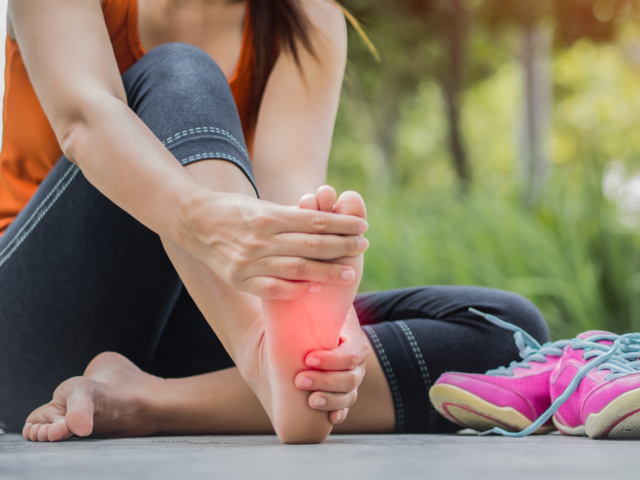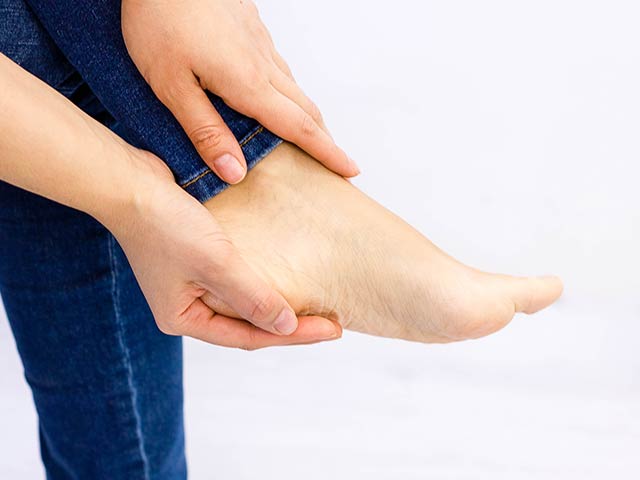Plantar fasciitis, a common ailment among athletes, can be a major hurdle in their quest for peak performance. This condition, characterized by inflammation of the tissue connecting the heel bone to the toes, often proves to be a significant challenge. In this article, we delve into the world of athletes grappling with plantar fasciitis, exploring coping strategies and expediting the recovery process.
Understanding Plantar Fasciitis:
Before we dive into coping mechanisms, it’s crucial to grasp the essence of plantar fasciitis. Athletes frequently face this ailment due to the repetitive stress on the feet, especially during high-impact sports. The condition manifests as heel pain, making each step a potential source of discomfort.
Coping Strategies for Athletes:
1. Footwear Matters:
Investing in quality athletic shoes designed for optimal arch support is paramount. Athletes should choose footwear that provides cushioning and stability, reducing the strain on the plantar fascia.
2. Stretching and Strengthening Exercises:
Incorporating targeted stretches and exercises into the daily routine can alleviate plantar fasciitis symptoms. Focus on calf stretches, toe stretches, and foot-strengthening exercises to enhance flexibility and reduce tension.
3. Icing and Massage:
Regular icing of the affected area helps in reducing inflammation. Additionally, massage therapy aids in enhancing blood circulation, promoting faster healing. Athletes should consider both as integral components of their recovery routine.
4. Custom Orthotics:
Tailored orthotic inserts can offer personalized support, redistributing pressure and relieving stress on the plantar fascia. Podiatrists can recommend or craft custom orthotics, ensuring a perfect fit for the athlete.
5. Activity Modification:
Temporary modifications to the training routine can be beneficial. Athletes should consider low-impact activities during the recovery phase, allowing the plantar fascia to heal without unnecessary strain.

Swift Recovery Measures:
1. Professional Guidance:
Consulting a sports medicine specialist or a podiatrist is crucial for an accurate diagnosis and a well-defined recovery plan. Professional guidance ensures a targeted approach tailored to the athlete’s specific condition.
2. Rest and Recovery:
Adequate rest is a non-negotiable aspect of recovery. Athletes must allow the inflamed tissue to heal, avoiding activities that exacerbate the condition. Incorporating rest days into the training schedule is essential.
3. Anti-Inflammatory Medications:
Under the supervision of a healthcare professional, athletes may consider anti-inflammatory medications to manage pain and reduce inflammation. However, this should be a temporary measure, complementing the overall recovery plan.
4. Gradual Return to Activity:
As symptoms subside, athletes can gradually reintroduce physical activity. However, a slow and monitored approach is crucial to prevent re-injury. Overeager resumption of regular training can undo the progress made during the recovery phase.
Conclusion:
Plantar fasciitis is undoubtedly a formidable opponent for athletes, but with the right coping strategies and a disciplined recovery plan, they can regain their stride. Foot health should be a priority, and athletes must listen to their bodies, implementing preventive measures to avoid the recurrence of this challenging condition.
Remember, a well-structured recovery plan, coupled with patience, can turn the tide in favor of athletes seeking to overcome plantar fasciitis and reclaim their peak performance. Please have a peek at this article to learn more about plantar fasciitis and athletes.


